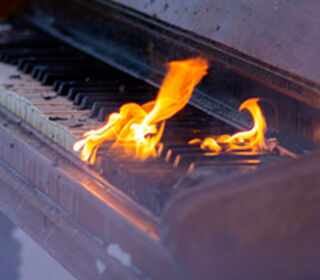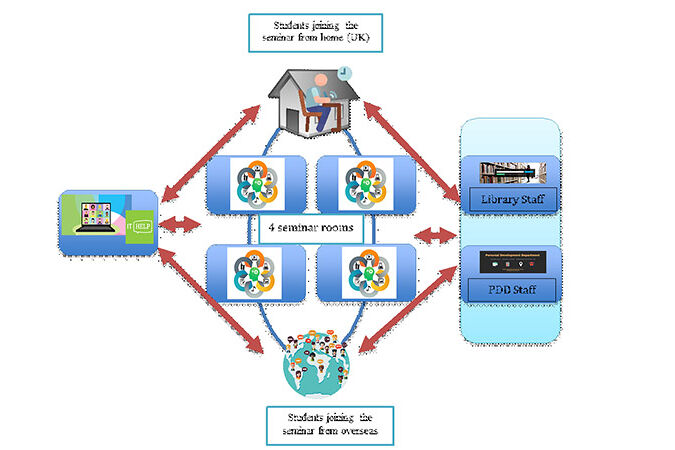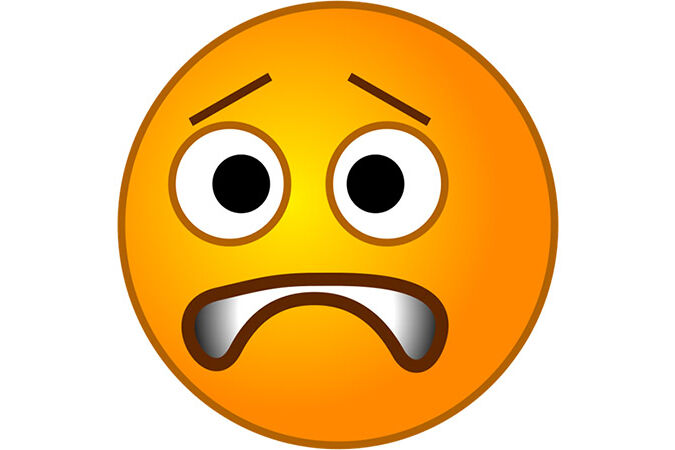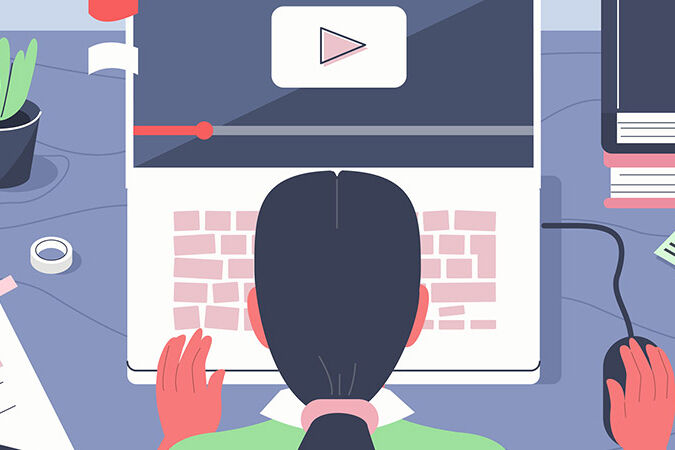
Blog

The worldwide pandemic has invaded all of our lives in ways we could never have anticipated. Whilst some of its impacts have been all too evident, others have been more subtle and nuanced. This blog, written by Anthony Anderson, explores research concerning the experiences of classroom music teachers, the challenges they have experienced to their musical pedagogies, the unseen inequalities arising from Covid-19 safe protocols in their schools, and the ways in which these teachers have sought to continue to facilitate enriching musical experiences for young people.
The lives of music teachers working in English secondary schools has always been challenging. Research has demonstrated that music teachers are frequently sole practitioners (Daubney & Mackrill, 2017), that numbers on examination courses are in rapid decline (APPGME, 2019) and policy makers have, in some instances, questioned the value of music along with other arts subjects (Morgan, 2014).
Facilitating enriching musical experience is similarly demanding for teachers. Negotiating curricular practices which avoid stereotyping and cultural appropriation (Hess, 2019) and designing curricula which offer opportunities for musical engagement (Philpott, Wright, Evans & Zimmermann, 2016) has always required careful thought and a creative approach to realise.
These interactions are all the more demanding when music is realised as a discourse (Swanwick, 1999), that is not orientated around the banking concept of education (Freire, 1996), where music is understood solely as curriculum content to be delivered (Savage, 2013).
Even though these challenges remain, negotiating Covid-19 has placed additional demand on the classroom music teacher, where music-making and creating are integral to musical development. In July 2020, Youth Music (YM) identified schools as particularly challenging environments, following periods of isolation necessitated by national lockdowns, and reported that 63% of arts organisations (who frequently work in partnerships with schools) were working with fewer young people (YM, 2020).
In November 2020, Ofsted noted that there was “less practical work” in Key Stage 3 music (Ofsted 2020, p. 6) as a result of school leaders modifying their curriculum in response to the perceived impacts of the pandemic. By December 2020, the Incorporated Society of Musicians (ISM) were reporting a 39% reduction in music provision as a direct result of the Covid-19, with 66% of secondary schools unable to offer musical activities outside of lessons (ISM, 2020). Since then, Music Education Hubs have struggled to realise pre-Covid levels of engagement in music-making.
More recent research (Anderson, 2021) indicates that the situation for music teachers in schools continues to be perilous. Teachers describe restrictions on their planned musical pedagogies as a result of lack of access to instruments, which are housed in remote storage areas.
The roving teacher has now become a feature of some schools, where classes remain in one physical area of a campus, defined by their ‘bubble’, whilst the teacher tours the school, with an electronic keyboard under one arm. Musical miming has become privileged above music-making, due to school requirements, rather than as a result of music teacher choices. This has resulted in young people forming chord shapes with their hands on keyboard ‘mats’ for instance, much as children were given a ruler in place of a recorder to practise finger positioning in previous school generations (Mills, 2005).
The impact on young people of this approach is significant, with teachers describing disengagement and a lack of music-making amongst the young people that they teach. Music teacher resilience and creativity in finding ways to make musical engagement meaningful has been remarkable in the face of such restrictive circumstances. However, the process of cultural impoverishment in schools remains a serious issue.
Music teachers therefore face a Covid-impacted educational landscape, where physical circumstances in schools make opportunities for musical expression difficult. Reconciling this reality with the dynamics of music-making requires careful reflection on musical purpose.
Musical activities that serve a clear purpose (Swanwick, 2012), will enable our “musicality to be developed and celebrated” (Welch, 2008, p. 471). It follows that thinking about the nature and purpose of music (Spruce, 2002) will inevitably impact not only how music is regarded in schools now, but what music is permitted to become. Questioning which pedagogical actors dominate education going forward, is important at this juncture in the history of music in the classroom.
Some music teachers are already adopting pedagogical perspectives which question the validity of music-making in music lessons, where instruments are something to “hide behind” (Stevens, 2021, p.31). Reconceptualising how young people engage with lessons devoid of musical practices waits in the wings, and this demands discussion and debate to avoid a silent segue into a newthink pedagogy.
Doing school music may become something quite different without critical analysis. Musical pedagogies are central to the musical development of young people, and the teacher agency to create them is more important now that it has ever been.
References
Anderson, A. (2021). Curriculum models in school practices. Research project: Curriculum models in school practices - School of Education and Social Work | Birmingham City University (bcu.ac.uk)
All-Party Parliamentary Group for Music Education (APPGME). (2019). Music education: state of the nation. London, UK: All-Party Parliamentary Group for Music Education, University of Sussex, Incorporated Society of Musicians
Daubney, A. and Mackrill, D. (2017). Changes in Secondary Music Curriculum over Time 2012 - 2016. Falmer Brighton: University of Sussex
Freire, P. (1996). Pedagogy of the Oppressed (2nd ed), Harmondsworth, Penhuin
Hess, J. (2019). Music Education for Social Change: constructing an activist music education. Abingdon: Routledge
Incorporated Society of Musicians (2020). The heart of the school is missing: Music education in the COVID-19 crisis. London: ISM
Mills, J. (2005). Music in the School. Oxford: Oxford University Press
Morgan, N. (2014). Speech at the launch of Your Life Campaign. Retrieved from: https://www.gov.uk/government/speeches/nicky-morgan-speaks-at-launch-of-your-life-campaign Accessed: 13/5/21
Ofsted (2020). COVID-19 series: briefing on schools, November 2020. London: Crown Copyright.
Philpott, C., Wright R., Evans, K., & Zimmermann, S. (2016). Addressing individual needs and equality of opportunity in music education IN Learning to Teach Music in the Secondary School (3rd edition), (Eds) Cooke, C., Evans, K., Philpott, C., Spruce, G. Abingdon: Routledge.
Spruce, G. (2002). Planning for Teaching and Learning. IN Aspects of Teaching Secondary Music: perspectives on practice (Ed) Spruce, G. London: RoutledgeFalmer
Stevens. W. (2021). Teach Music without Instruments. Times Educational Supplement, 5 March 2021, No. 5443, pp. 30-31. London: TES Global.
Swanwick, K. (1999). Teaching Music Musically. London: Routledge.
Welch, G. (2008). We are musical. IN Music Education: Source readings from Ancient Greece to today (3rd edition), pp. 486-471. London: Routledge.
Youth Music (2020). How COVID019 has affected youth music-making: young people, staff and organisations. London: The National Foundation for Youth Music.
Other links
ISM_UK-Music-Teachers-survey-report_Dec-2020_A4_ONLINE-2.pdf
download (youthmusic.org.uk)




